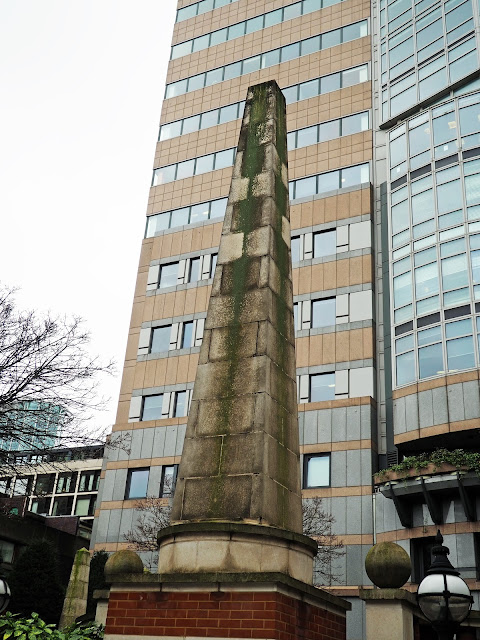More often than not, when I look out of my front window into the suburban glories of Essex I see somebody walking their dog, sometimes two dogs. It’s often a slow process because indulgent dog owners stop so that their canine pals can have a good sniff at whatever it is dogs like to sniff. And of course it’s made slower still if the owners have to pick up the poop excreted by the hound. Personally that’s not my idea of a good walk but then I’m more of a cat person.
However, according to a story that appeared in the newspapers recently, there’s currently a trend for people to walk their cats on leads. The Times headline read ‘Going walkies is cool for cats too as more peripatetic pets take the lead.’ They really worked hard on that one.
This trend doesn’t come as a complete surprise to me. I once met the fellow in the picture below, named Steve, whose cat is named Boris the Bold:
And of course there’s good old Cary Grant with his:
The Times article did involve some discussion about whether or not it was cruel and unusual to walk a cat on a lead. The RSPCA ‘warned that some cats may become frightened on leads.’ Implying of course that some may not.
However, for me, the most surprising line in the article ran as follows, ‘a London-based cat behaviourist said that if it suited a cat’s temperament then walking them on a lead could be a great way to bond with a pet and allow them to get fresh air and explore safely.’ I had no idea there was any such thing as a cat behaviourist, but then I’m not that much of a cat person. And I suppose the corollary of this behavourist wisdom is that if walking on a leash doesn’tsuit a cat’s temperament then he or she will let you know very quickly, possibly by clawing your eyes out.








































